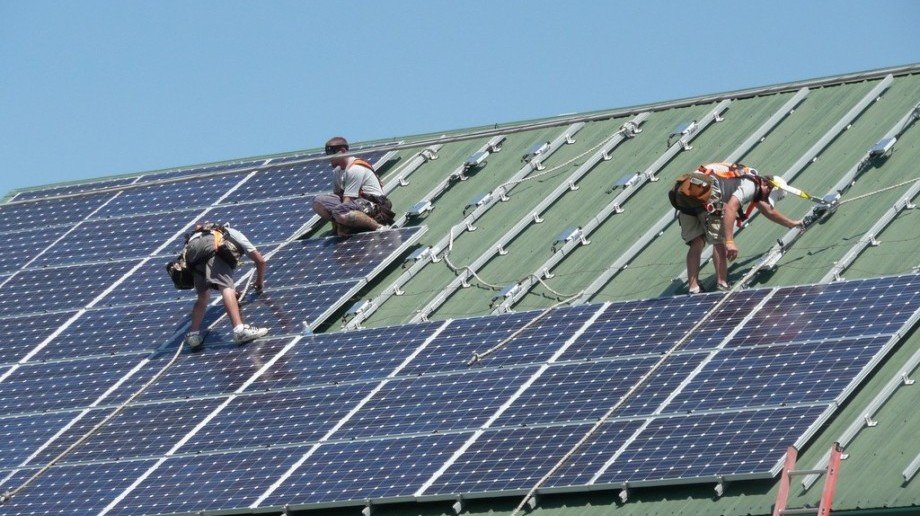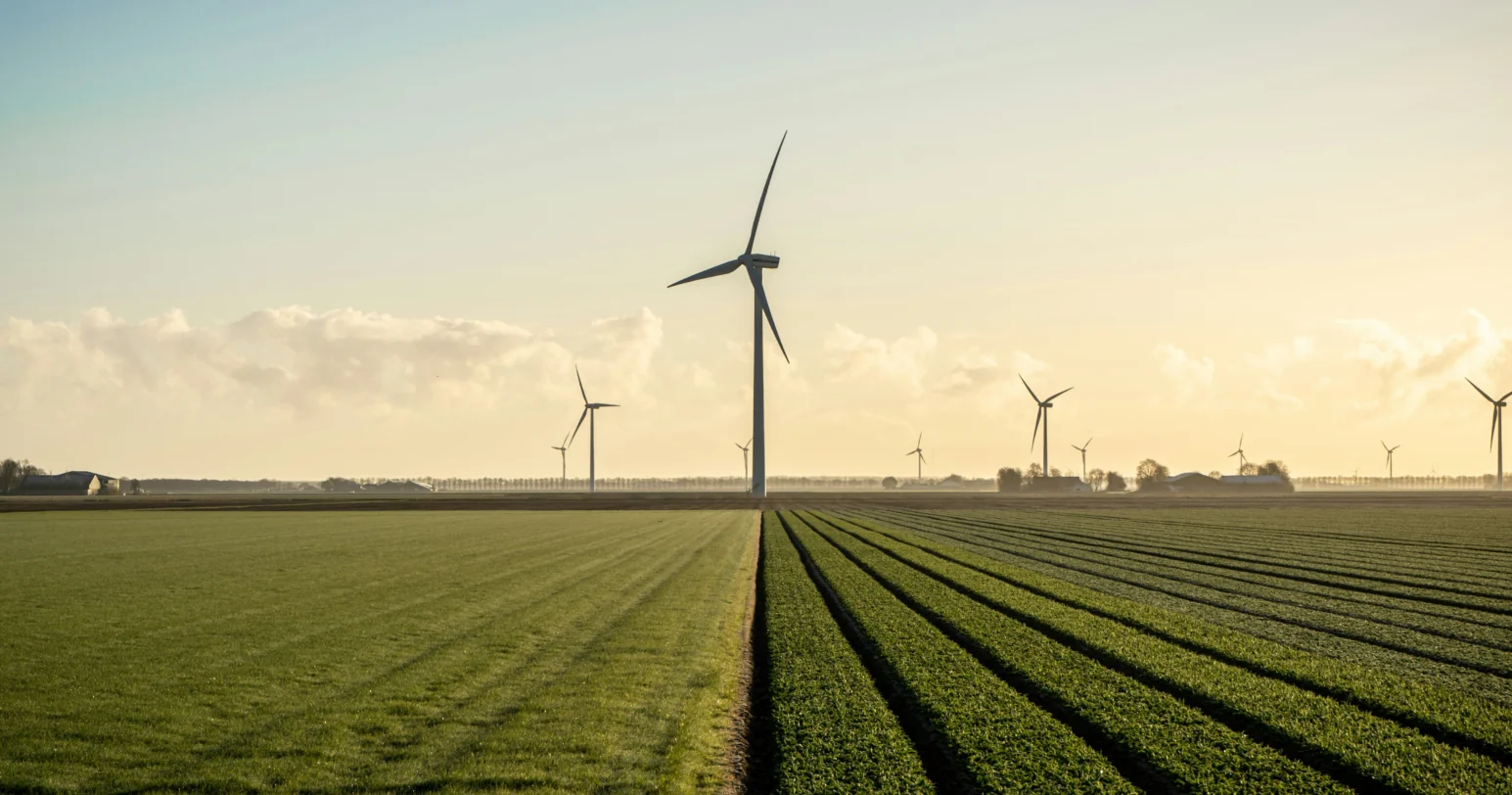
Members of the Powering Past Coal Alliance are intervening to reaffirm that clean energy – not coal – is a solution to the energy security crisis. New coal power plants make no more sense now than they did six months ago: they are yesterday’s technology not fit for tomorrow’s world. All PPCA members remain strongly committed to ambitious goals for the phase out of unabated coal-fired power generation in a just and timely manner. Now more than ever, governments must work together to accelerate the transition away from coal power, not only to avoid the catastrophic effects of climate change, but also to ensure geopolitical stability, energy security and affordable power prices.

In 2017, the Powering Past Coal Alliance brought together governments, businesses and organisations who are united in taking action to accelerate clean growth and climate protection through the rapid phase-out of unabated coal power. Even then it was clear those countries moving to low-carbon, climate-resilient economies were already seeing environmental, economic and human health benefits.
Since then, the transition away from coal power generation has further intensified. The pipeline of new plant proposals has plummeted by 76%, while the vast majority of OECD and EU countries have committed to phasing out coal power generation. Canada will phase out coal in 2030 and the subnational province of Alberta plans to phase out coal in 2023 – seven years earlier than expected, joining the Canadian province of Ontario – which was the first jurisdiction in North America to end coal power generation nearly 10 years ago. The cost of renewables has continued to fall, with investments in wind, solar, and electricity storage now cheaper than both new and existing coal-powered energy generation in many countries.
The latest science has given clear instructions: to keep temperature rise to 1.5 degrees C required, we need a full phase-out of coal power in OECD countries over the current decade and across the rest of the world by 2040.
COP26 last year saw these dynamics reflected in the unprecedented UNFCCC commitment to “accelerating efforts towards the phasedown of unabated coal power” and in the UK Presidency’s aim of ‘consigning coal to history’ – welcomed by many governments. The cutting edge topic of COP26 discussions was how coal retirement mechanisms can accelerate closures and provide savings to consumers, whilst supporting communities that have historically relied on coal mines. This is how the Just Energy Transition Partnerships idea has been turned into concrete joined up actions from countries including the UK, France, Germany, the EU and US, as in the case of the agreement where South Africa will receive $8.5bn (£6.2bn) to help end its reliance on coal.
Now, six months on from COP26, as we observe devastating flooding in India and Bangladesh and the June heatwave makes headlines across Europe, the world is facing a cascade of negative impacts resulting from Russia’s invasion of Ukraine.
Fossil fuels have seen huge price spikes that are damaging economies, pushing up consumer bills, and causing disruptions to electricity supply. Policy makers around the world are grappling with responses to this complex set of challenges. Attention is focused on maintaining energy security, reducing costs, and protecting consumers.
Members of the Powering Past Coal Alliance are intervening to reaffirm that clean energy – not coal – is a solution to the energy security crisis. New coal power plants make no more sense now than they did six months ago: they are yesterday’s technology not fit for tomorrow’s world.
Responding to the energy crisis
New coal power plants are expensive and slow to build, especially when compared to modular deployment of solar and wind. Any new coal power plant entering operation today will rapidly become a stranded asset that cannot pay back the investment required to build it. Indeed, the IEA has highlighted the need for accelerated closure timeframes unless plants are fitted with carbon capture and storage (CCS) technology. In addition, the current volatility and spikes in coal prices undermine modelling assumptions that coal supply is reliable and cheap. National governments are instead revisiting their energy sector plans and scrutinising their technology pathways. A decision to construct a new coal power plant now will prove to be an expensive mistake by the time it enters operation towards the end of this decade. Instead, governments are prioritising investment in cleaner energy sources, working with businesses to support the creation of low carbon and zero carbon infrastructure.
In countries where the phase out of coal power is well underway, governments are adapting their plans for the closure of power plant capacity while maintaining their commitments to reduce coal generation (and CO2 emissions) and deliver ultimate end dates even amidst the current energy crisis. This builds on existing policy frameworks that have incorporated instruments such as capacity payments or strategic reserves in order to ensure that sufficient supply will be available when needed, while minimising ongoing operations.
For example, UK coal generation has fallen from 40% of electricity a decade ago, to under 2% last year, with just three coal power plants remaining, two of which were scheduled to end operations this September. As a temporary measure to respond to the unprecedented geopolitical situation, the UK has worked with National Grid Electricity System Operator and the West Burton coal power plant to delay the decommissioning of two coal units until April 2023 in order to provide additional reserve capacity this coming winter. The UK Government remains firmly committed to ending the use of coal power by October 2024, and the UK will still be on track to meet this commitment. Similarly, Germany plans to extend until March 2024 the reserve status of coal fired power plants. Specifically, hard coal and oil-fired power plants that are already in reserve today are to be allowed to return to the market at short notice and on call. This call-up will only take place if gas supply is put at risk. In order to strengthen security of supply, lignite-fired power plants that are currently on standby will also be transferred to a supply reserve in October 2022.
Meanwhile, with the EU banning imports of Russian thermal coal from August 2022, the Russian invasion of Ukraine is increasing momentum for the transition away from all fossil fuels. In May, all G7 governments recognised the PPCA’s work to support an accelerated coal phase-out across the world. They also committed for the first time to achieving “predominantly decarbonised electricity sectors” by 2035 along with the steps required to phase out coal power.
European leaders have also been vocal about the need to accelerate the shift to clean alternatives to address both the climate and energy security crises – “It is time to be bold and move ahead with determination with the green transition”, reads a recent joint statement signed by 11 European governments, all PPCA members.
Renewables, not coal, will power the future
Reflecting this, the European Commission’s RePowerEU proposals aim to increase the renewable energy target from 40% to 45% by 2030 and boost energy efficiency measures. At a national level, Germany now plans to source nearly all of its electricity from renewable sources by 2035. Together, Denmark, Belgium, the Netherlands and Germany have also pledged to increase the capacity of offshore wind to at least 150 GW by 2050. Portugal has brought forward its target to secure 80% of its power supplies from renewable sources by 2026, four years earlier than previously planned. In addition, Italy and Greece raised their ambition to achieve 70% share of electricity production from renewables by 2030 – up from 60 and 65% previously, respectively. Research by Ember and CREA published on 1 June suggested that, taken together, these new measures adopted at the EU and national levels will enable the bloc to reach 69% electricity generation from renewables by 2030, up from a 55% share under previous national strategies.
Moreover, as analysis by BloombergNEF (BNEF) shows, delaying coal plant closures by a few years does not mean these ageing coal plants, with slow start-up times and limited flexibility, will actually operate. As Europe’s share of renewable power generation grows significantly by 2030, coal plants will be further pushed out of the market.
The International Energy Agency has underlined the importance of this approach: a rapid scale-up in renewable energy and the mass deployment of energy efficiency measures are the best ways to ensure secure supplies of electricity at affordable prices.
Coal is not a long-term solution to the current energy security crisis because the key technical and economic factors that have caused its structural decline all remain in place.
All PPCA members remain strongly committed to ambitious goals for the phase out of unabated coal-fired power generation in a just and timely manner. Now more than ever, governments must work together to accelerate the transition away from coal power, not only to avoid the catastrophic effects of climate change, but also to ensure geopolitical stability, energy security and affordable power prices. The PPCA and its members stand ready to share their experience and expertise on how to phase out emissions from coal power while ensuring a stable supply of electricity for households and businesses. Working together, we can continue swiftly towards a safer future for all.





